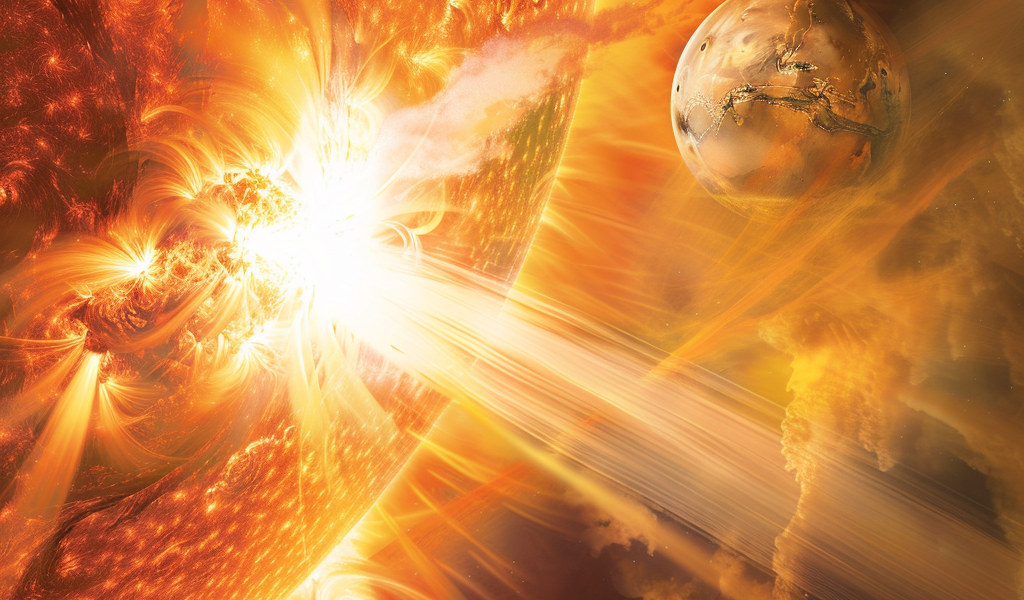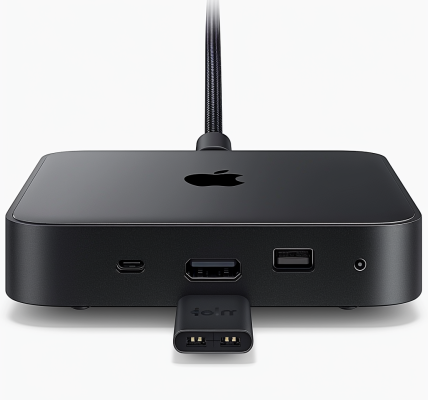Solar storms and Mars: Rare giant explosions on the sun’s surface could help NASA find out how to live on Red Planet
NASA is gearing up for a unique opportunity to study the impact of solar storms and radiation on future Mars missions. As the sun enters a phase of peak activity known as solar maximum, massive explosions like solar flares and coronal mass ejections are expected to occur.
When these solar events happen in succession, they create what is termed a solar storm, propelling radiation deep into space. Unlike Earth, Mars lacks the protective shield of a magnetic field, making it more susceptible to the sun’s energetic particles.
Scientists are still uncertain about the extent of damage solar storms could inflict on humans and technology on Mars. However, they aim to gain insights during these solar events with the help of NASA’s MAVEN (Mars Atmosphere and Volatile EvolutioN) orbiter and the Curiosity rover.
MAVEN, stationed in Mars’ orbit since 2014, monitors radiation and solar particles from a vantage point above the planet. It can detect significant solar flares early and issue alerts to other Mars missions, enabling them to safeguard vulnerable instruments from radiation that may disrupt electronics and communication systems.
Meanwhile, the Curiosity rover, operational on Mars since 2012, is conducting ground-level assessments using its Radiation Assessment Detector (RAD). The data collected by RAD aids in understanding the level of radiation protection astronauts could obtain by utilizing natural formations like caves, lava tubes, or cliff faces.
RAD’s analysis of how radiation impacts carbon-based molecules on Mars’ surface is crucial in determining the preservation of potential ancient microbial life indicators. Coordination between MAVEN’s team and the Curiosity team during solar storms allows for real-time monitoring of changes in RAD’s data, enhancing the understanding of Mars’ habitability.
By studying these phenomena, scientists aim to ascertain the level of radiation protection necessary for future Mars missions, a critical factor in ensuring the safety and success of astronauts exploring the Red Planet.





